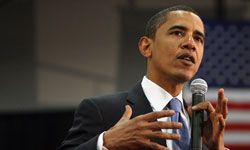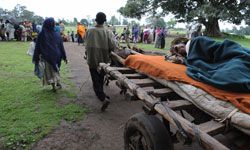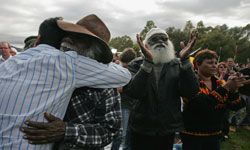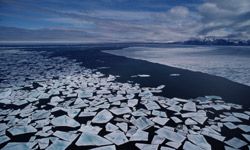Whether you spent 2008 with your nose buried in the politics or business section of your favorite newspaper, there were some major headlines on the front page that no one missed. From the presidential election to the bailout plan, it's been hard to tear our eyes away from the life-changing events unfolding before us. The year had a little something to offer everyone. Maybe you were watching the stock market's rocky trajectory -- or that of Britney Spears' career. Perhaps you scanned the news for the latest updates on the oil drilling controversy, or you might've been focused on the conflicts in the Democratic Republic of Congo.
Every year has its share of memorable news stories, but in 2008, many events transpired that'll have history textbook editors scrambling. And if you haven't been keeping news clippings for your scrapbook, you might've forgotten what happened earlier this year. That's where HowStuffWorks comes in. We're not just about hybrid car technology and cloud computing (though we certainly know our stuff when it comes to those topics). We're history buffs, too -- and that includes history in the making. Here are 10 headlines from 2008 that will go down in history -- and a couple that you might have missed. From Asia to Europe, North America to Africa, and even the land down under, the world was humming with activity. And we haven't just recapped the highlights for you. We've matched up these history-in-the-making moments with some of our best history and politics articles to put the events in perspective. So pour a cup of coffee, settle into your most comfortable chair and read about history like a modern scholar: on a Web site.
Advertisement










